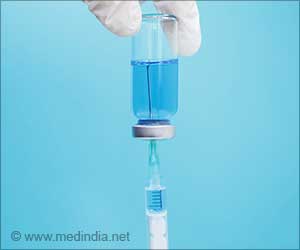A report published Online First by Archives of Ophthalmology, one of the JAMA/Archives journals says that in recent years, spending for glaucoma medications has increased

To study current trends in glaucoma-related medication expenditures, Byron L. Lam, M.D., from the Bascom Palmer Eye Institute in Miami, and colleagues examined data from the Medical Expenditure Panel Survey from 2001 to 2006. Beginning in 2006, these data included information about participation in the Medicare Part D prescription drug program. The analysis included 1,404 patients ages 18 years and older who had used glaucoma medication.
The authors found that in 2001, the average expenditure per patient for glaucoma medication was $445; by 2006, this amount had increased to $557. Significant increases appeared among women, those who had not completed high school and those who had only public health insurance. Additionally, average spending for prostaglandin analog medications increased from $168 in 2001 to $271 in 2006; during the same period, average spending for beta-blockers decreased from $167 to $69. In comparison with individuals who had private insurance, glaucoma medication expenditure among those with Medicare Part D coverage was higher.
The authors explain that as the country's population ages and encompasses more patients with glaucoma, spending for drugs to treat the condition is likely to increase. "The results of our study as well as an understanding of the factors that account for the increase in glaucoma medication expenditure are important to help develop effective strategies and protocols for the medical management of glaucoma that optimize treatment and control expenditures," they write. Further study to explain the trends among patient subgroups is needed, the authors conclude.
Source-Eurekalert













